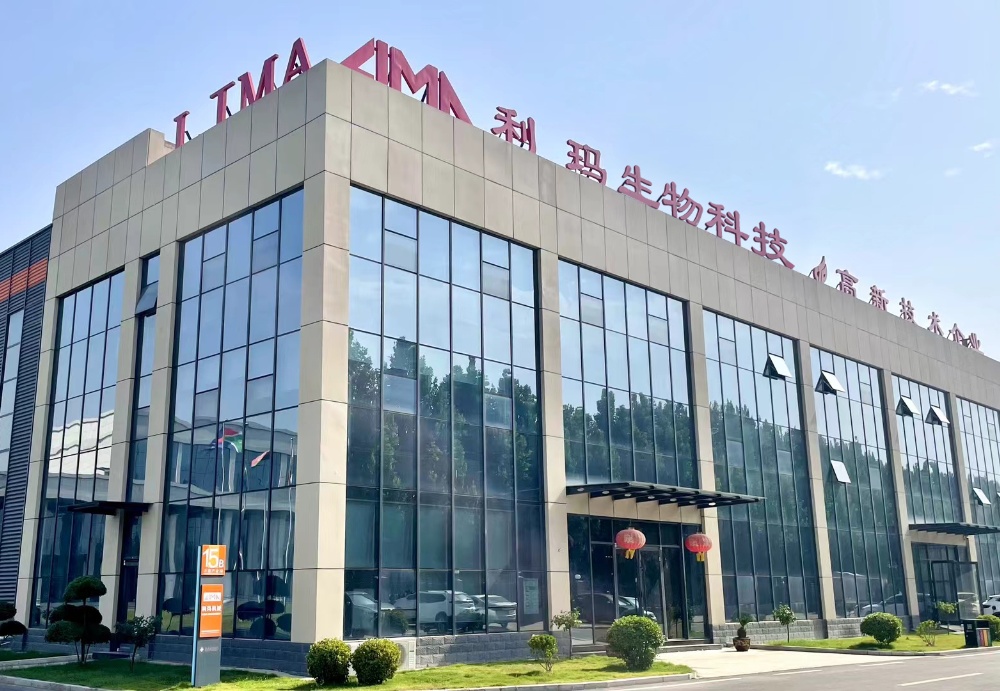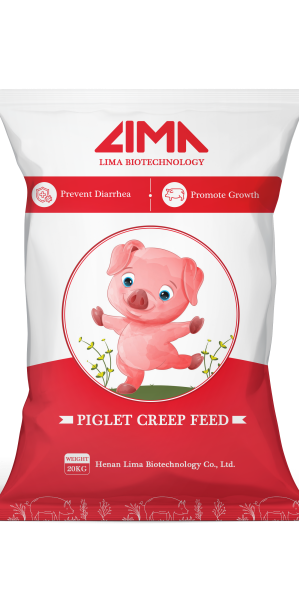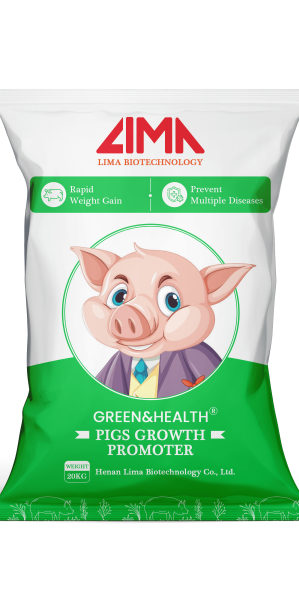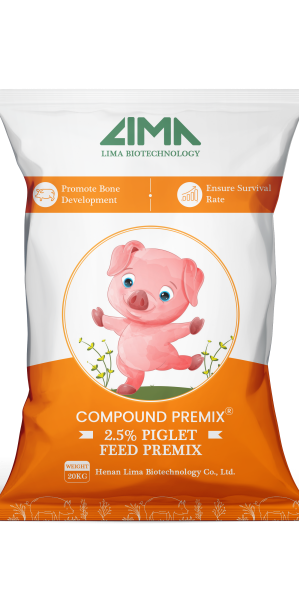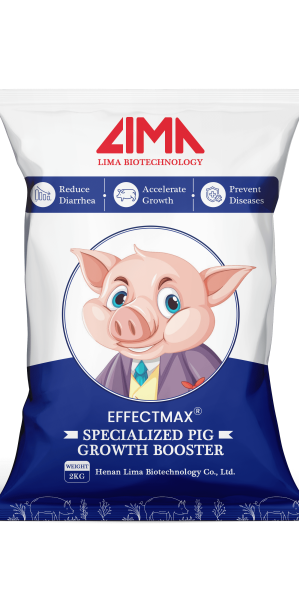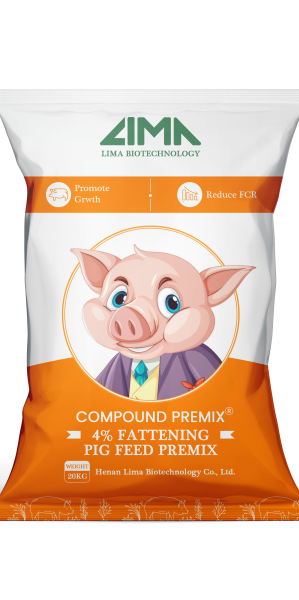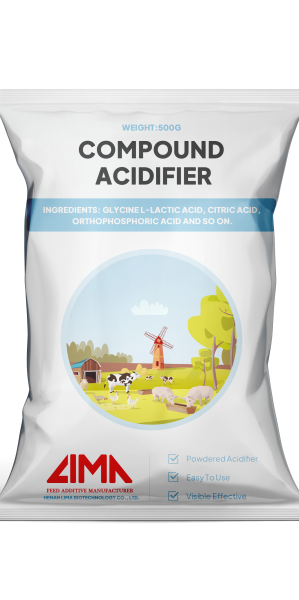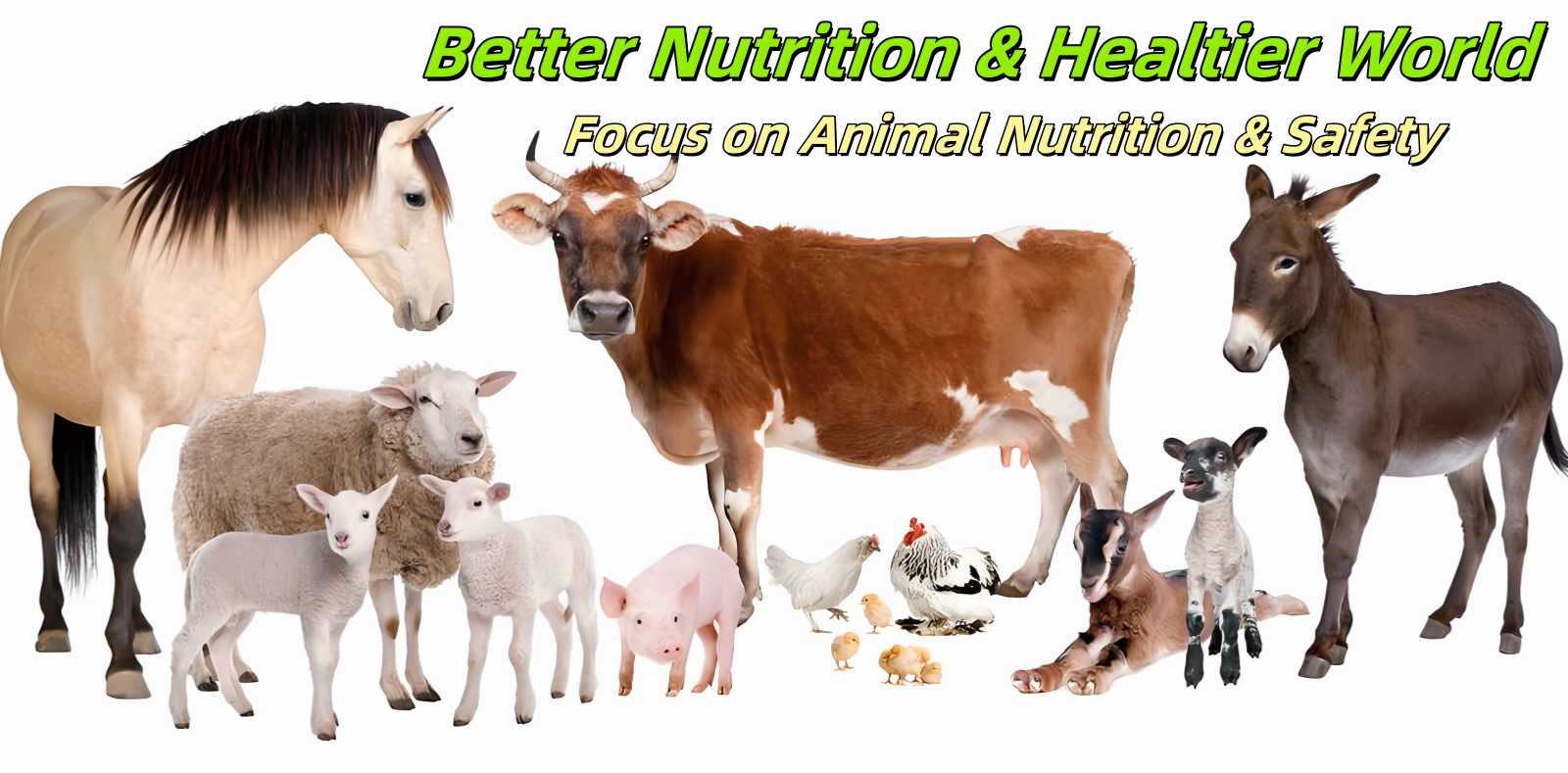1. The Potential and Challenges of Pig Farming in Cameroon
The industry is a significant source of income and livelihood for a diverse range of practitioners, from small-scale family-run operations to large-scale commercial breeding farms . This sector not only provides a crucial source of protein for the Cameroonian population but also contributes substantially to the country's GDP. The economic importance of pig farming is further underscored by the government's recognition of the sector's potential for growth and development. As a result, various initiatives have been implemented to support and modernize the industry, aiming to enhance productivity, improve animal health, and increase the profitability of pig farming enterprises across the nation. The industry's growth is also driven by a rising domestic demand for pork, which has become an integral part of the Cameroonian diet. This increasing demand presents a significant opportunity for farmers to expand their operations and capitalize on the growing market, making pig farming a key area of focus for agricultural development in Cameroon.
1.1 The Two Major Pig Farming Hubs: Bafoussam and Bamenda
The pig farming industry in Cameroon is characterized by a distinct regional concentration, with the two main hubs being Bafoussam and Bamenda . These regions have emerged as the epicenters of pig production in the country, thanks to a combination of favorable factors including fertile land, abundant feed resources, and a relatively well-developed agricultural infrastructure. The concentration of pig farming in these areas has led to the development of a vibrant and dynamic industry, with a mix of large-scale commercial farms and small-scale household operations. This diversified farming model has not only helped to meet the local demand for pork but has also created a thriving ecosystem of support services, including feed suppliers, veterinary clinics, and marketing channels. The success of these two hubs is a testament to the potential of the pig farming industry in Cameroon and serves as a model for the development of the sector in other parts of the country.
1.1.1 Bafoussam: The Largest Hub with Concentrated Resources
Bafoussam stands as the undisputed epicenter of pig farming in Cameroon, a region that has successfully concentrated a vast array of agricultural resources and technical expertise . This concentration has created a dynamic and highly productive farming environment, making it a critical area for the nation's pork supply. The region's prominence is not accidental; it is the result of a combination of favorable factors, including access to quality feed ingredients, established infrastructure, and a community of experienced farmers and veterinarians. This ecosystem fosters innovation and the adoption of best practices, setting a benchmark for the rest of the country. Recognizing the strategic importance of Bafoussam, companies like Lima Biotech have established a local presence, with agents located directly within the region to provide farmers with convenient access to advanced products and professional technical support . This localized approach ensures that the specific needs of Bafoussam's farmers are met, helping them to optimize their operations and capitalize on the growing market demand.
1.1.2 Bamenda: The Second-Largest Hub with Unique Geographical Advantages
Following closely behind Bafoussam, Bamenda has firmly established itself as the second-largest pig farming region in Cameroon. Its success is largely attributable to its unique geographical and climatic advantages, which create an ideal environment for pig rearing . The region's specific conditions, including its altitude and temperature, can contribute to better animal health and productivity when managed correctly. Like Bafoussam, Bamenda has become a key area for the industry, attracting investment and fostering a strong community of farmers. To support this vital agricultural zone, Lima Biotech has also deployed agents in Bamenda, ensuring that farmers in this region have the same level of access to high-quality feed additives and expert guidance as their counterparts in Bafoussam . This strategic placement of resources underscores the importance of Bamenda in the national pig farming landscape and highlights a commitment to supporting the growth and development of the industry across all major hubs.
1.2 Common Challenges Faced by Pig Farmers in Cameroon
Despite the significant potential of the pig farming industry in Cameroon, farmers face a myriad of challenges that limit their productivity and profitability. One of the most pressing issues is the slow growth rate of pigs, which leads to extended farming cycles and increased production costs . This problem is often exacerbated by inadequate nutrition, poor management practices, and a lack of access to high-quality feed and supplements. The variability in growth rates among different herds is a major concern, as it makes it difficult for farmers to plan and manage their operations effectively.
1.2.1 Slow Growth Rates and Extended Farming Cycles
One of the most persistent and costly challenges for pig farmers in Cameroon is the issue of slow growth rates, which directly translates into extended farming cycles and reduced profitability. Many farmers find that their pigs take longer to reach market weight compared to international standards, tying up capital and resources for extended periods. This problem is often rooted in a combination of factors, including suboptimal nutrition, poor feed conversion, and inadequate management practices.
1.2.2 Rising Feed Costs and Low Feed Conversion Rates
The cost of feed represents the single largest expense in pig farming, often accounting for up to 70% of total production costs. In Cameroon, the rising price of feed ingredients, such as maize and soybean meal, puts immense pressure on farmers' profit margins. Compounding this issue is the problem of low feed conversion rates (FCR) , where a significant portion of the feed consumed is not efficiently converted into body weight. This inefficiency is often due to poor feed quality, imbalanced rations, and digestive issues within the pigs. This highlights the critical need for products and strategies that can enhance nutrient absorption and optimize feed utilization.
1.2.3 Disease Prevalence and High Mortality Rates
Disease is a constant threat to pig farmers in Cameroon, with high prevalence rates of common ailments such as diarrhea and respiratory diseases leading to significant economic losses . These health issues not only slow down growth and reduce feed efficiency but can also result in high mortality rates, particularly among young piglets. The hot and humid climate of the region can exacerbate the spread of pathogens, making biosecurity and disease prevention paramount.
2. The Problem: Pain Points in Choosing a "Pig Booster" in Cameroon
2.1 Market Saturation with Ineffective Products
The market for pig growth boosters and feed additives in Cameroon is currently saturated with a wide array of products, making it difficult for farmers to distinguish between effective solutions and those that offer little to no real benefit. This proliferation of products, both imported and locally produced, creates a confusing and often misleading landscape for consumers.
2.2 Formulations Not Optimized for Cameroon's Climate
A significant problem with many of the pig growth boosters available in the Cameroonian market is their lack of adaptation to the specific local conditions of the country.The climate in Cameroon is characterized by high temperatures and humidity, which can be a major source of stress for pigs. Many of the pig boosters on the market are not formulated to help pigs cope with these conditions, which can lead to a number of problems, including reduced feed intake, poor growth, and increased susceptibility to disease. A product that is not designed for use in a hot and humid climate may not be able to provide the necessary support for pigs to thrive in these conditions. This can result in a significant waste of money for farmers, who may not see any improvement in the performance of their animals.
3. The Solution: 3 Key Criteria for Choosing the "Best Pig Booster"
3.1 Localized Research and Development
The first and most crucial criterion for selecting the best pig booster in Cameroon is the extent to which the product has been developed through localized research and development.for example, can be a major source of stress for pigs, leading to reduced feed intake and slower growth rates. A good pig booster should therefore contain ingredients that can help to mitigate the effects of heat stress, such as electrolytes, antioxidants, and plant extracts with cooling properties.
3.2 Criterion 2: Comprehensive Nutritional Support
The second key criterion for choosing the best pig booster in Cameroon is that it should provide comprehensive nutritional support. This means that the product should contain a balanced blend of all the essential nutrients that pigs need for optimal growth and health. This includes proteins, vitamins, minerals, and other important micronutrients.
3.3 Criterion 3: Integrated Disease Prevention
The third key criterion for choosing the best pig booster in Cameroon is that it should be designed to support integrated disease prevention. This means that the product should contain ingredients that can help to boost the immune system and protect pigs from common diseases. A product that supports integrated disease prevention can help to reduce the need for antibiotics and other medications.
4. Spotlight on the Best: Lima Biotech's "Pig Growth Booster"
Henan Lima Biotechnology Co., Ltd. is a prominent international manufacturer and distributor specializing in the research, development, and production of natural feed additives and premixes.
4.1 Product Profile: "Pig Growth Booster"
4.1.1 Key Ingredients and Composition
Lima Biotech's "Pig Growth Booster" is a specialized feed additive made from 100% natural ingredients, including bioactive peptides and plant polysaccharides . The product is formulated with a unique blend of probiotics, amino acids, proteins, vitamins, and minerals that work together to promote animal health and growth . The product is also rich in various beneficial bioactive substances that can promote the growth of pigs without having a negative impact on the environment.
4.1.2 Mechanism of Action: How it Works
Lima Biotech's "Pig Growth Booster" works by improving the intestinal flora of the animals, which helps to enhance digestion and absorption of nutrients . The probiotics in the product help to maintain a healthy balance of microorganisms in the gut, which can help to reduce the incidence of digestive disorders such as diarrhea . The product also contains a variety of beneficial components that work together to have a significant positive impact on the growth and health of pigs.
4.1.3 Key Features and Benefits
The "Pig Growth Booster" from Lima Biotech offers a range of key features and benefits that make it an ideal choice for pig farmers in Cameroon. The product is designed to promote rapid and healthy growth, improve feed efficiency, and enhance the overall health and well-being of pigs. The inclusion of natural immune-boosting ingredients helps to strengthen the pigs' natural defenses, reducing the risk of disease and the need for antibiotics. The product is also easy to use and can be easily incorporated into existing feed programs, making it a convenient and practical solution for farmers of all scales.
4.2 Proven Results in Cameroon
Case studies conducted on farms in Cameroon have demonstrated the positive impact of Lima Biotech's "Pig Growth Booster" on pig production. These studies have shown that pigs fed with the product have a higher average daily weight gain and a lower mortality rate compared to pigs that are not fed with the product. The results of these case studies provide concrete evidence of the product's effectiveness and its ability to deliver a significant return on investment for farmers.
4.3 How to Use "Pig Growth Booster"
4.3.1 Dosage and Administration
The recommended dosage of Lima Biotech's "Pig Growth Booster" is 1 kg per ton of feed. The product should be thoroughly mixed with the feed to ensure that it is evenly distributed. It is important to follow the recommended dosage to achieve the best results.
4.3.2 Integration into Existing Feed Programs
The "Pig Growth Booster" can be easily integrated into existing feed programs. The product is compatible with a wide range of feed ingredients and can be used with both commercial and home-mixed feeds. It is recommended to start using the product as soon as the pigs are weaned and to continue using it until they reach market weight.
4.4 Local Support and Availability
4.4.1 Authorized Distributors in Bafoussam and Bamenda
Lima Biotech has a network of authorized distributors in Bafoussam and Bamenda, ensuring that farmers in these regions have easy access to the "Pig Growth Booster". These distributors are trained to provide farmers with the information and support they need to use the product effectively.
4.4.2 Technical Support and Consultation Services
Lima Biotech provides technical support and consultation services to farmers in Cameroon. The company's team of experts is available to answer questions, provide advice, and help farmers to develop customized feeding programs that are tailored to their specific needs. This support is a valuable resource for farmers who are looking to improve their productivity and profitability.
conclusion
As the Cameroon pig industry evolved, it became clear that farmers were being hampered by slow growth, rising feed costs and high disease rates. In light of these challenges, we have identified the gold standard for the "Best Pig Booster" through a practical background: localised development to suit the climate, comprehensive nutritional support for growth, and an integrated disease prevention system. Lima Biotech's Pig Growth Booster, developed in Cameroon's unique high-temperature, high-humidity environment, optimises intestinal flora and improves feed conversion, and has been proven to be highly effective in the Bafoussam and Bamenda centres: daily pig weight gain has increased, mortality has decreased, and pig production has improved. Increased daily pig weight gain, reduced mortality rates and shorter farming cycles translate directly into higher value for farmers.
- About Lima Biotech
- Careers-Lima Biotech
- Code of Conduct-Lima Biotech
- Conditions of Sale-Lima Biotech
- Contact-Lima Biotech
- Cookies Policy-Lima Biotech
- Find Agent-Lima Biotech
- Global Warehouses
- Investor Relations-Lima Biotech
- Legal Information-Lima Biotech
- Privacy Policy-Lima Biotech
- Success-Lima Biotech
- Sustainability-Lima Biotech
- World Class Manufacturing-Lima Biotech













